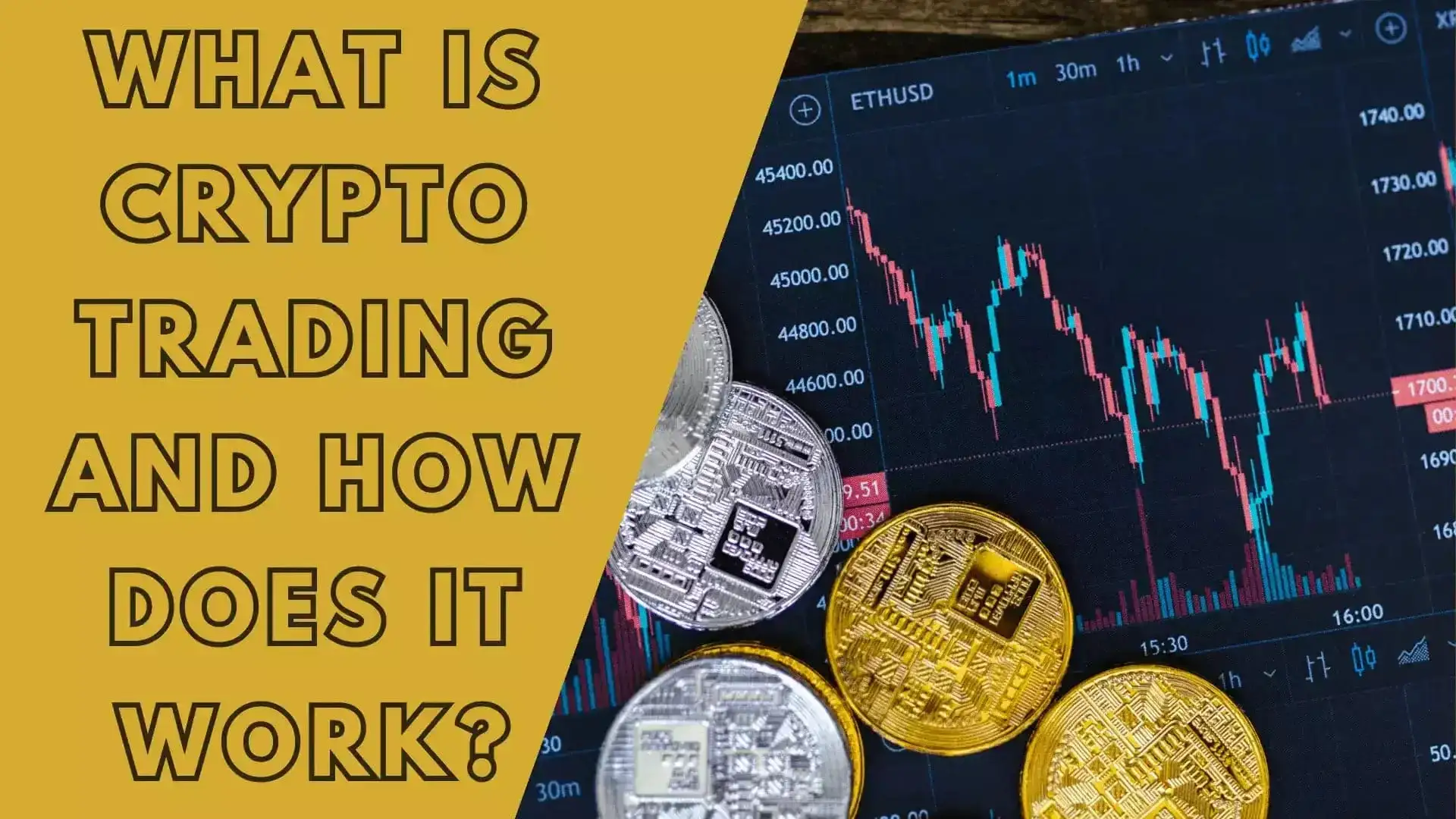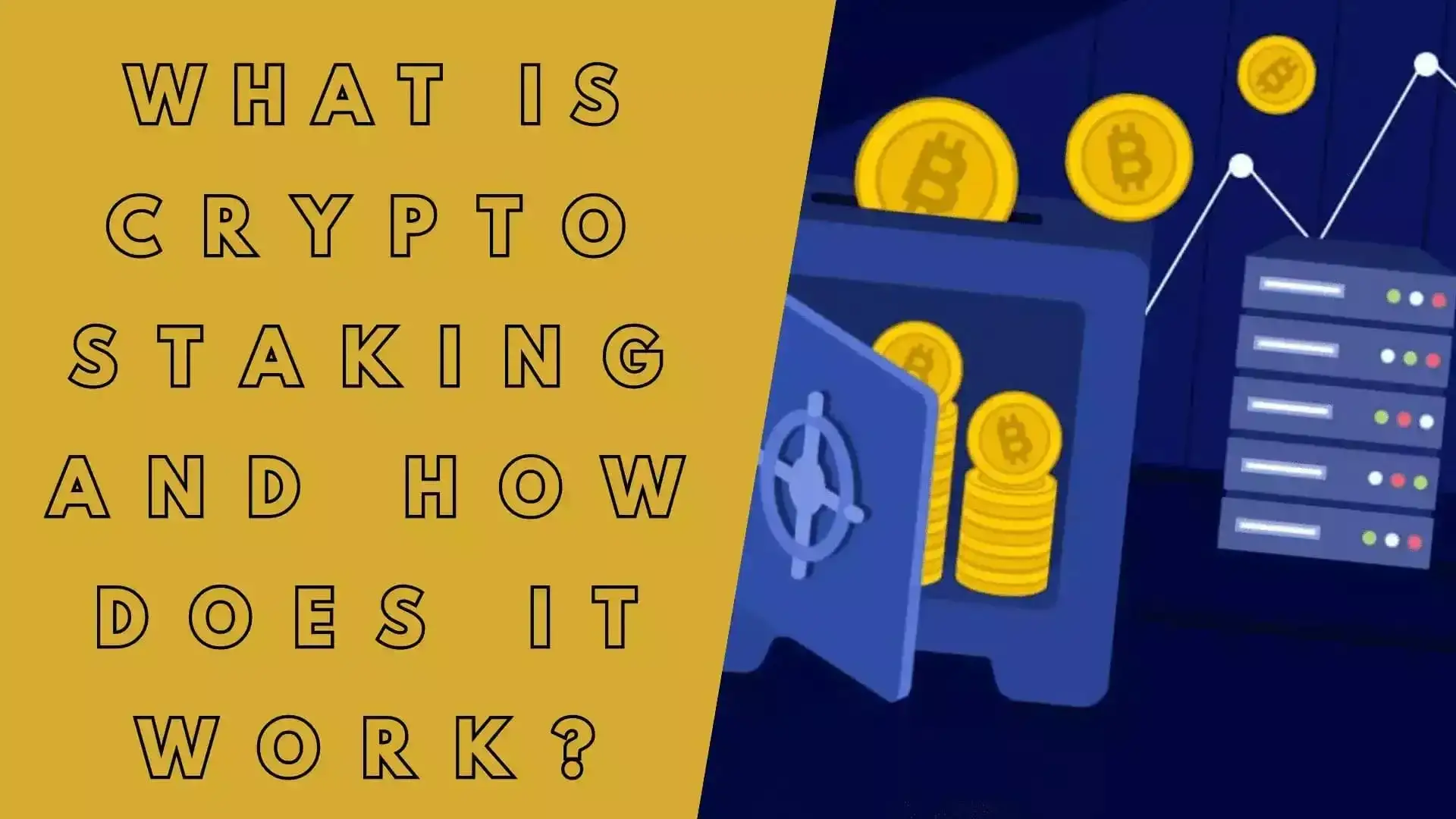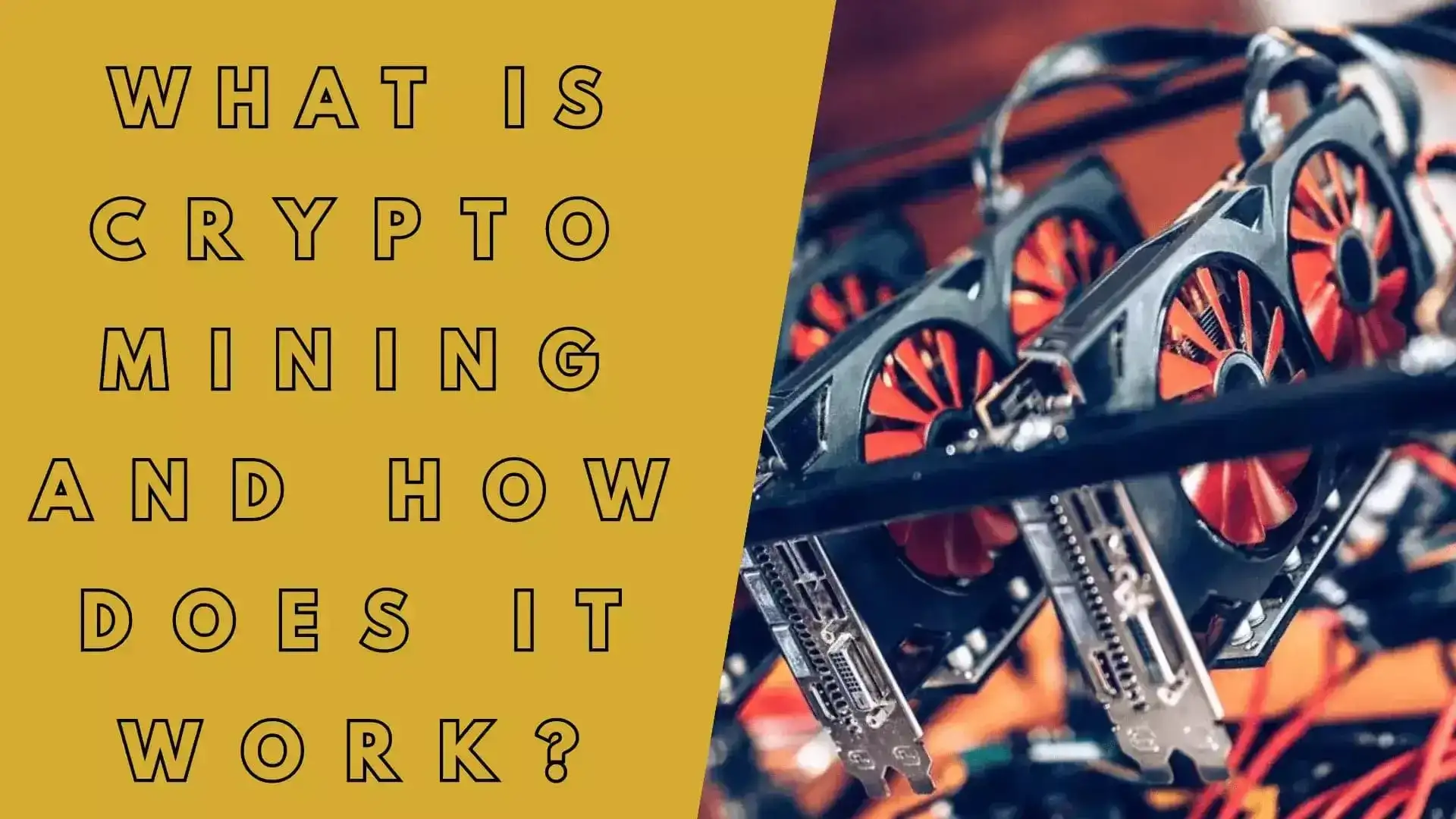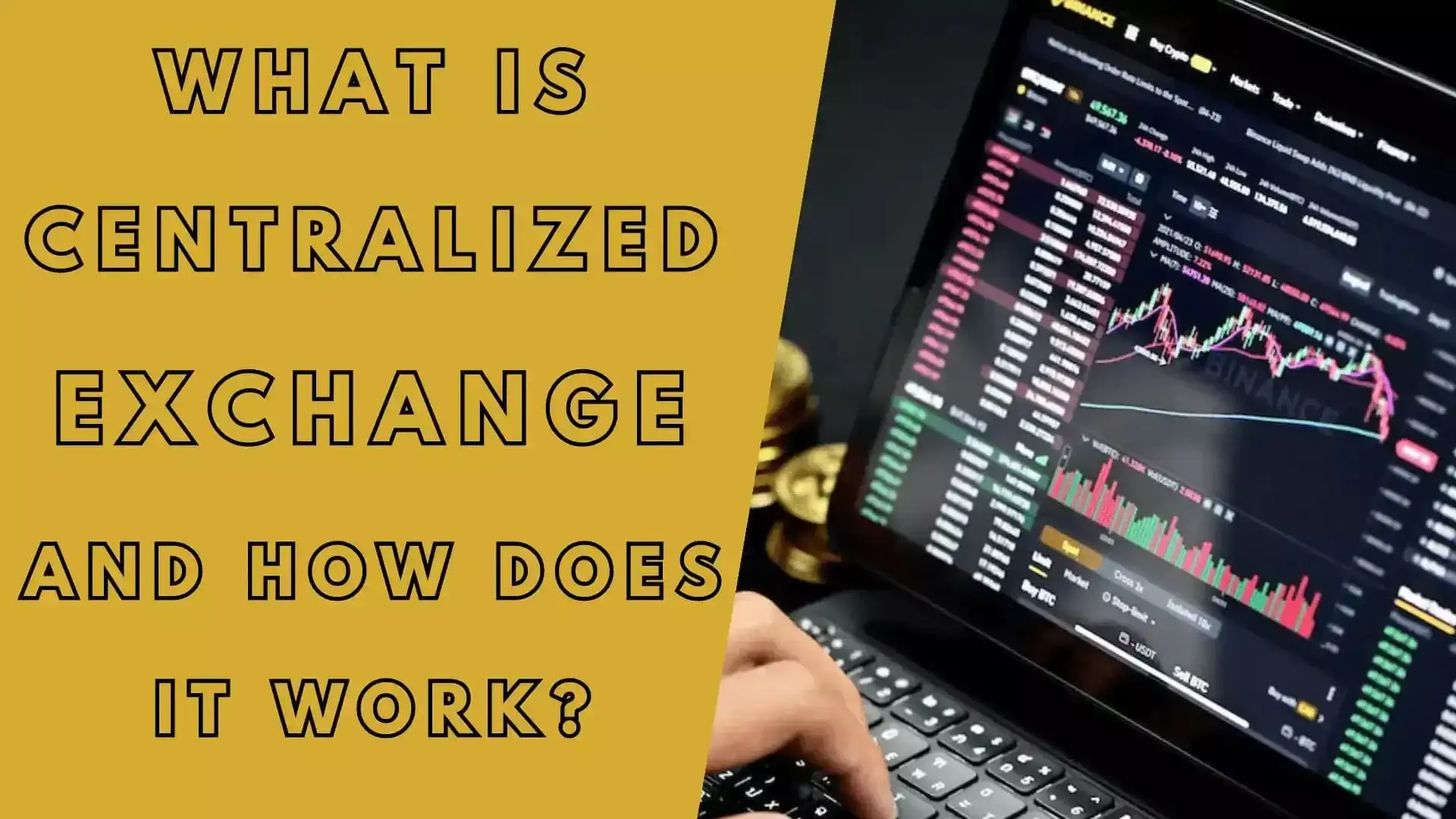Introduction
Blockchain technology has revolutionized the digital world by introducing decentralized and transparent transaction mechanisms. However, not all crypto transactions happen directly on the blockchain. Some occur off-chain, which helps in enhancing efficiency and scalability.
Understanding Off-Chain Transactions
Off-chain transactions refer to transactions that take place outside the blockchain network. These transactions do not get recorded immediately on the blockchain, reducing network congestion and lowering transaction costs.
How Do Off-Chain Transactions Work?
Off-chain transactions function through mutual agreements between parties or third-party intermediaries. The transaction details are settled externally and can later be recorded on-chain when necessary.
Advantages of Off-Chain Transactions
- Speed: Off-chain transactions are faster as they bypass blockchain confirmations.
- Lower Costs: Since they do not require miners' fees, transaction costs are significantly reduced.
- Privacy: Off-chain transactions offer more confidentiality as they are not publicly recorded.
- Scalability: They help in reducing blockchain congestion, improving overall network efficiency.
Examples of Off-Chain Transactions
1. Payment Channels (e.g., Lightning Network)
The Bitcoin Lightning Network allows users to conduct multiple transactions off-chain before settling them on-chain.
2. Exchange Transactions
Crypto exchanges process internal trades off-chain, only settling balances on-chain when users withdraw funds.
3. Sidechains
Sidechains operate parallel to the main blockchain, allowing users to transfer assets off-chain for faster transactions.
Off-Chain vs. On-Chain Transactions
| Feature | Off-Chain | On-Chain |
|---|---|---|
| Speed | Faster | Slower (due to block confirmations) |
| Cost | Lower | Higher (miner fees apply) |
| Privacy | More private | Publicly recorded |
| Security | Relies on trust/third-party | Secured by blockchain consensus |
Conclusion
Off-chain transactions play a crucial role in improving the efficiency, scalability, and cost-effectiveness of crypto transactions. By leveraging solutions like payment channels, exchanges, and sidechains, the crypto ecosystem can offer faster and more affordable transactions while maintaining security.






